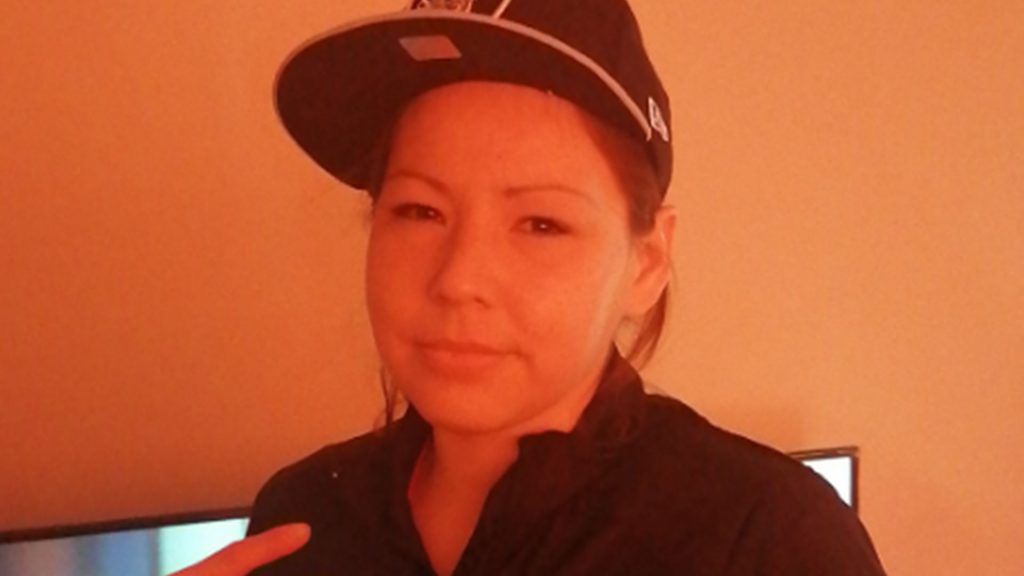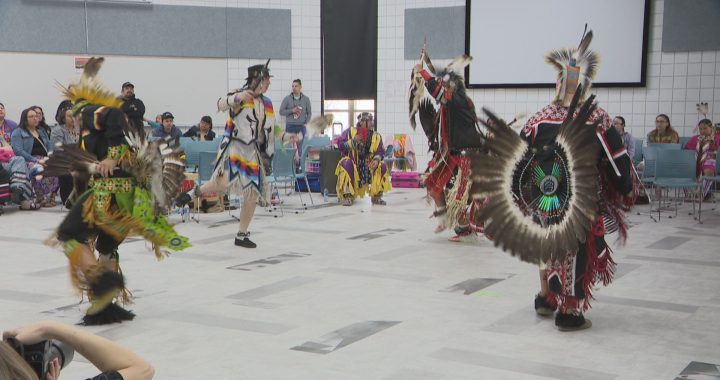
Lynette Kakakaway died on June 24, 2022 in the Pine Grove Correctional Centre in Prince Albert, Sask.
A former inmate of the Pine Grove Correctional Centre in Prince Albert Sask., says a Saulteaux woman was calling out for help in the hours before her death in June.
River Gardypie, 21, said she was in an intake area of the women’s jail the morning Lynette Kakakaway died.
“At first we could hear her asking for some help saying she wasn’t feeling good and to get a nurse,” Gardypie said in a phone interview with APTN News. “And the staff would come by and they would check on her and say ‘oh, you’re fine, you’re ok,’” Gardypie said.
Gardypie said that didn’t soothe Kakakaway.
“She started screaming for more help and crying and banging on the walls, like loud bangs.”
Gardypie told APTN she couldn’t see Kakakaway from her cell but had an opportunity to look in on her at one point.
“Me and my cellmate, we were cleaning the unit and I went and mopped by her cell, and I looked in her window and she said she was ‘having a stroke,’ so I looked in her window and I seen her hands they were all stiff like, she couldn’t move her hands, she said her face was stiff and she was slurring her words and she had labored breathing all night long.
“When I looked at her she was just laying on her bed.”
According to a news release from Saskatchewan’s Ministry of Corrections, Policing and Public Safety from June 24, correctional staff called EMS and “initiated life-saving measures,” but the woman was pronounced dead at “approximately 8:45 a.m.”
Prince Albert police are investigating her death but didn’t have an update when contacted by APTN on Thursday.
Kakakaway, 33, was from Keeseekoose First Nation, about 400 km east of Saskatoon near the Manitoba border.
A coroner’s inquest has not yet been called to look into the circumstances of her death.
The ministry said that circumstances and details surrounding death in custody could be made public through the coroner’s inquest process, and that “ultimately, the Coroner’s Service makes the final decision on whether to hold an inquest into a death in custody.”
A spokesperson with the ministry did not respond to questions specifically about Kakakaway’s pleas for help and said the investigation into her death has not been completed.
Gardypie said Kakakaway had been in distress since 11 p.m. the night before she died.
“The banging went on all night and I heard that last bang at about 7:45 a.m.,” she said. “I was slowly falling back asleep after that, but my cell mate stayed up and she was wondering what was going on and all I heard was ‘code blue, code blue’, and I asked what’s code blue? And she said that she’s not responding. And then they covered all our windows and they went to work on her.”
There were several inmates in the unit when Kakakaway died, according to Gardypie.
“The whole unit, about 3 a.m., around that time, the whole unit was going crazy and yelling and swearing and banging on their doors and it just sounded like a gorilla cage,” she said. “Everyone was going mad and (yelling) you need to check on her she needs medical help, she can die from this.”
Gardypie completed her sentence and is now out of jail and raising her child.
For Gardypie, the trauma from Kakakaway’s death was “mind-consuming,” but she’s dealing well with it now. She said it was probably more traumatic for Kakakaway’s cell-mate, who Gardypie doesn’t know.
“I smudge here and there, like, smudging helps, it brings me peace, makes me feel calm, the whole mind part.”









